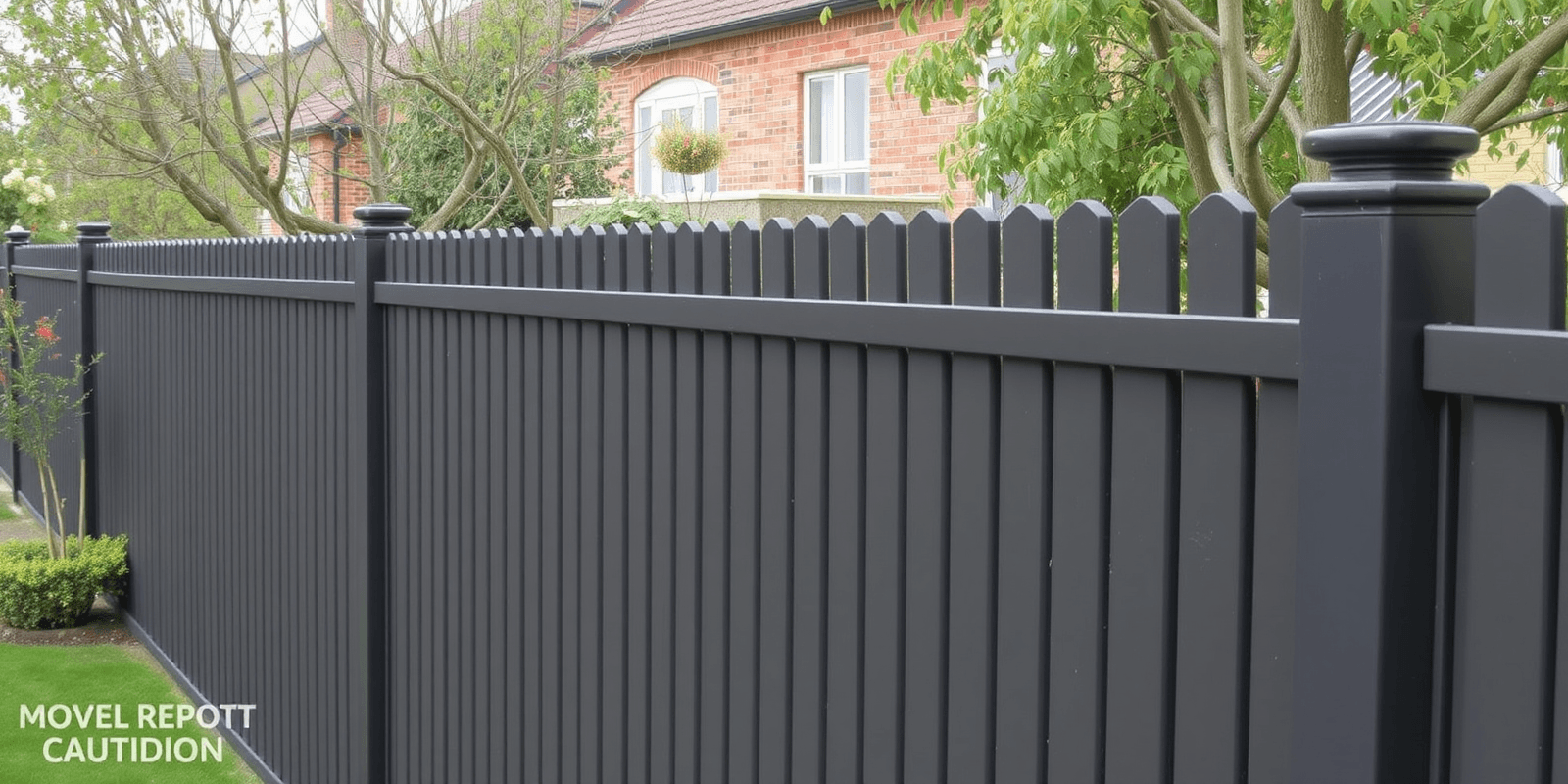Designing Your Perfect Outdoor Space with Plastic Composite Fencing
Introduction
In recent years, plastic composite fencing has become increasingly popular among homeowners for its durability, low maintenance, and versatile design options. Unlike traditional wood fencing, plastic composite fencing is resistant to rot, insects, and weather-related damage, making it an ideal choice for creating a beautiful and functional outdoor space. This article will explore the versatility of plastic composite fencing in landscaping designs and provide tips on color selection, installation, and pairing with other outdoor elements to create a cohesive look.
Tips for Selecting the Right Color and Design
When selecting a plastic composite fence, consider the overall aesthetic of your home and yard. The right color can enhance the appearance of your property and blend seamlessly with your existing landscape. Common colors include white, black, brown, and gray. White fences can make a small space feel larger, while darker shades can add depth and contrast to your garden. Additionally, some manufacturers offer unique patterns and textures that mimic the look of natural wood, providing a more organic feel to your outdoor space.
Installation Tips
Proper installation is crucial for ensuring the longevity and functionality of your plastic composite fence. While these fences are relatively easy to install compared to wood or metal options, it is still important to follow the manufacturer’s instructions carefully. Consider hiring a professional if you are not experienced with DIY projects. Properly securing the posts and leveling the ground will prevent sagging and ensure the fence remains sturdy over time. Additionally, using appropriate hardware such as screws instead of nails can help maintain the integrity of the fence.
Pairing with Other Outdoor Elements
To create a cohesive outdoor space, consider how your plastic composite fence will interact with other elements such as plants, patios, and pathways. For instance, incorporating climbing vines or trellises can soften the appearance of a solid fence and add visual interest. Similarly, planting shrubs or bushes along the base of the fence can create a natural border and reduce noise pollution. When designing a patio or deck, choose materials that complement the fence’s color and texture. For example, gray composite fencing pairs well with concrete or stone pavers, while white fencing looks elegant with teak or mahogany wood.
Conclusion
Plastic composite fencing offers numerous benefits for designing an engaging and functional outdoor space. With its wide range of colors, patterns, and ease of maintenance, it is no wonder why this material has become a favorite among homeowners. By carefully selecting the right color, properly installing the fence, and coordinating with other outdoor elements, you can create a stunning and cohesive backyard oasis that enhances your home’s curb appeal and provides years of enjoyment.





Reviews
There are no reviews yet.